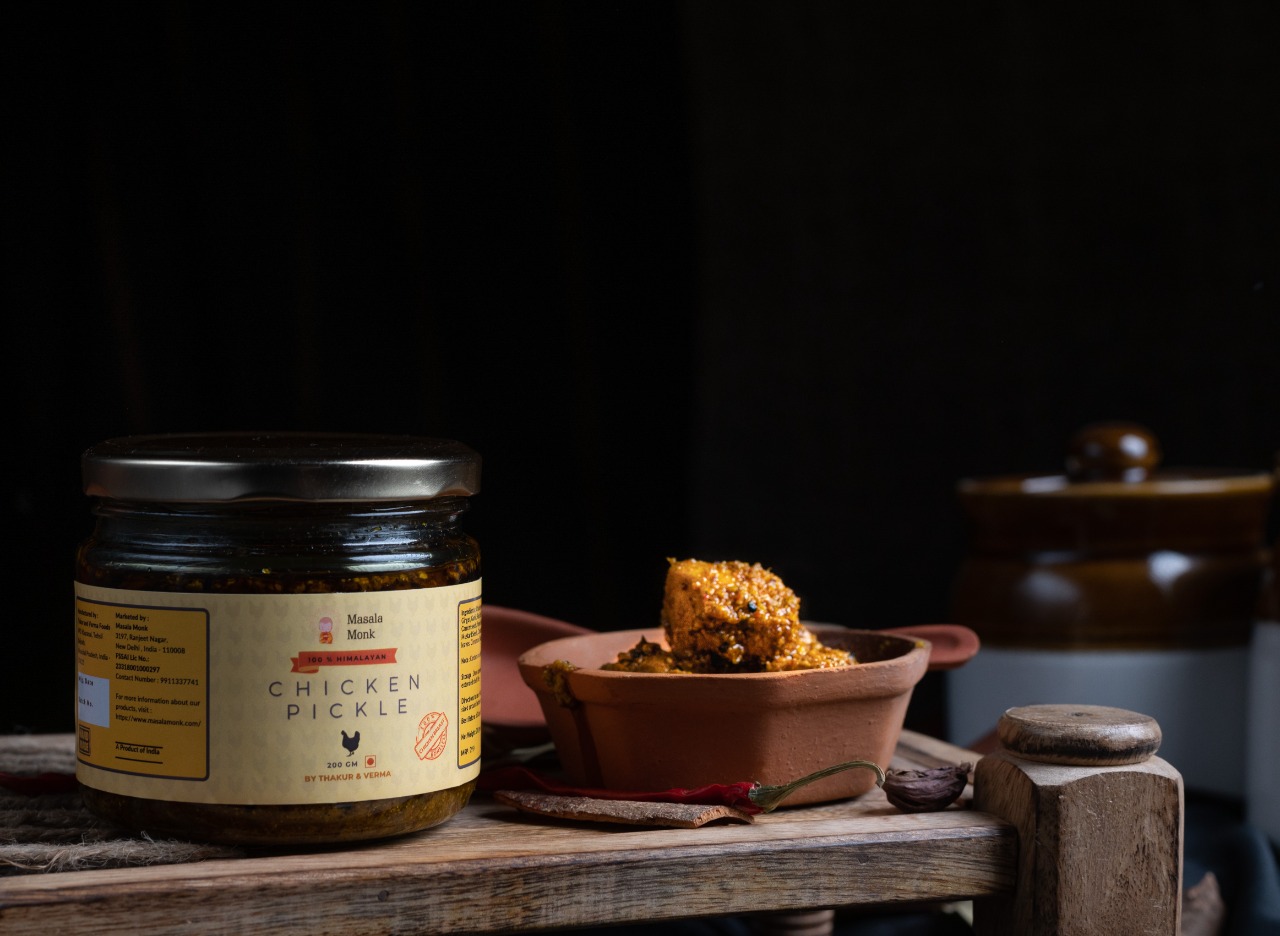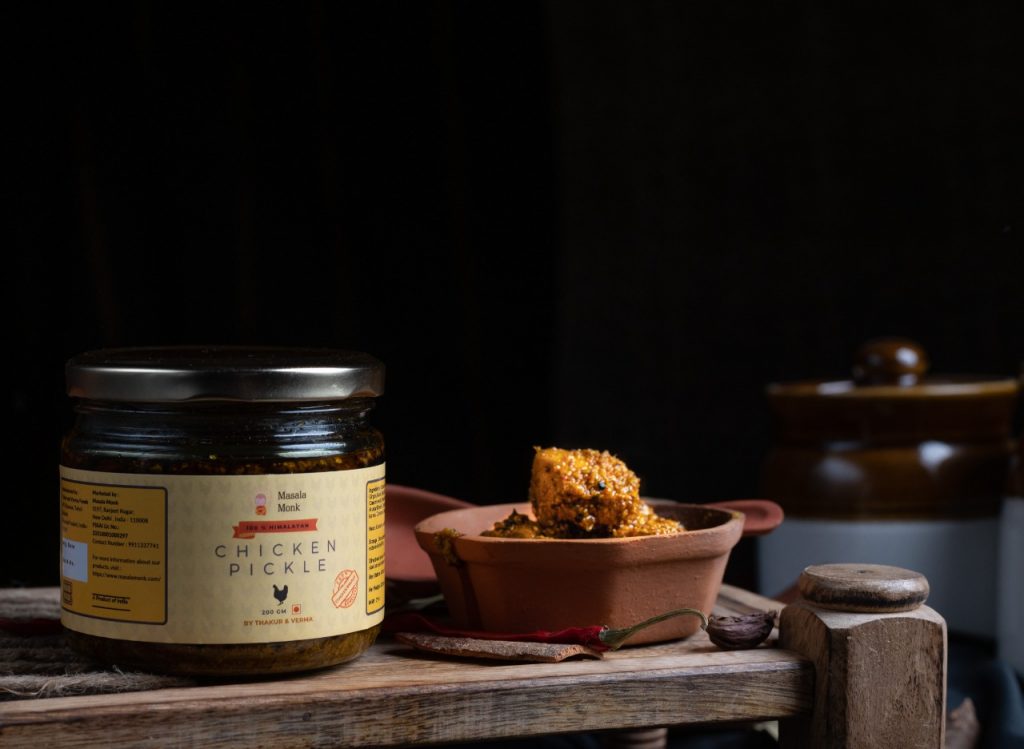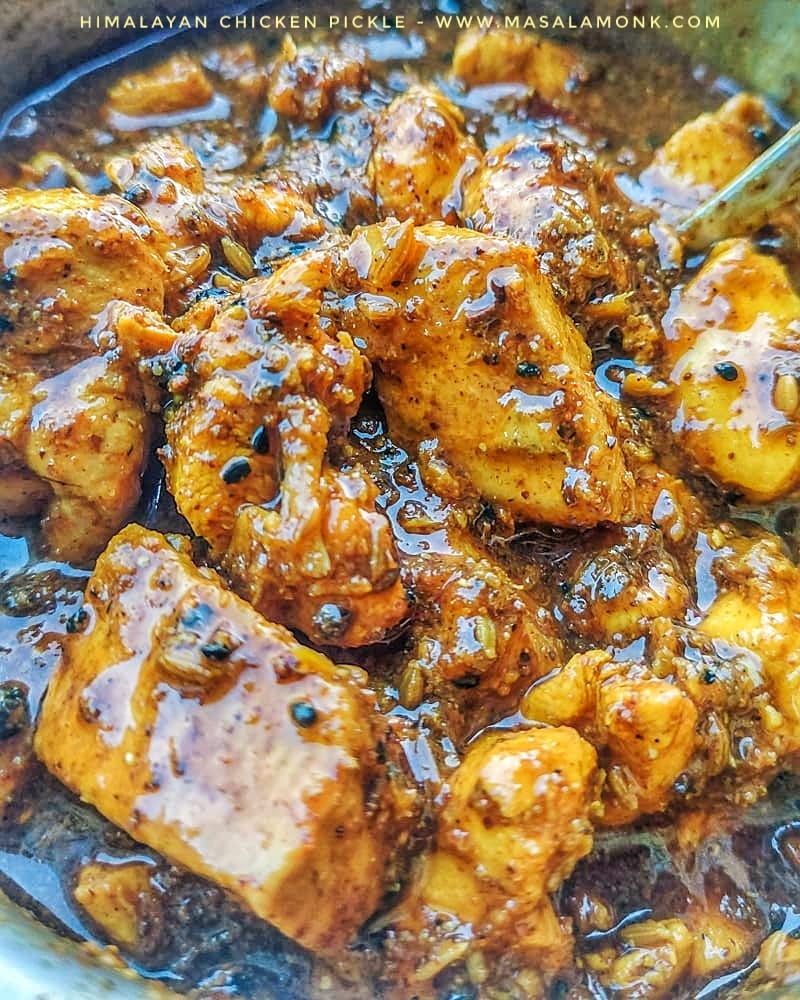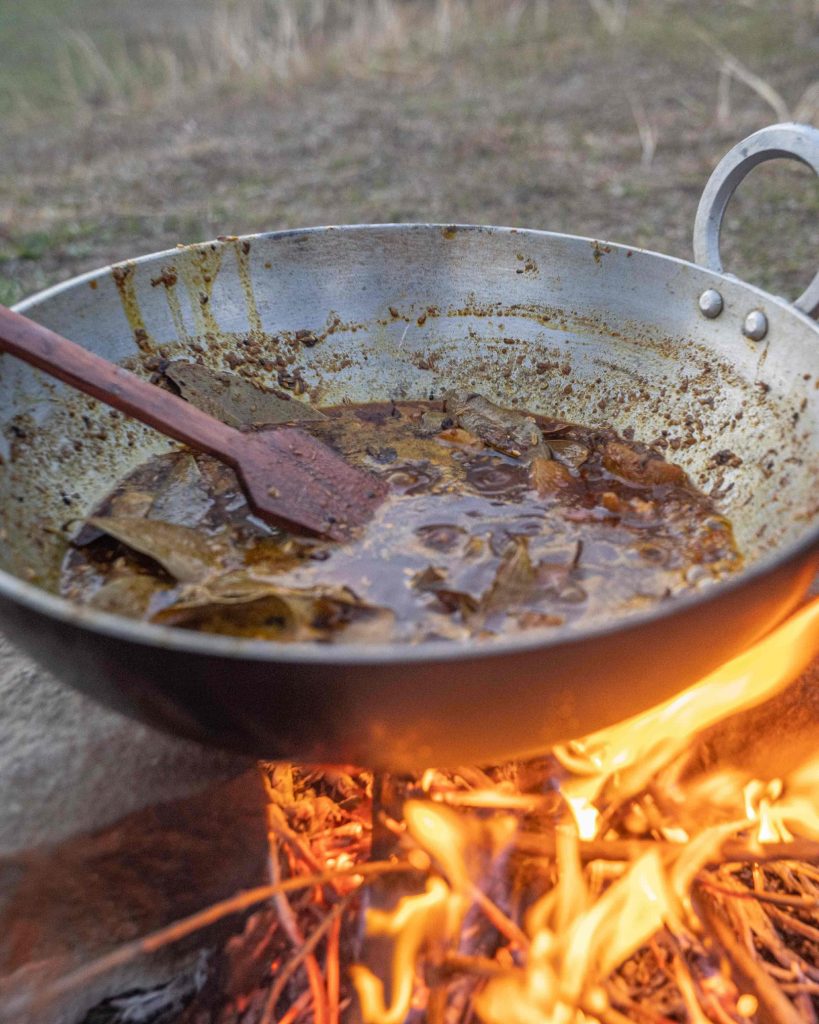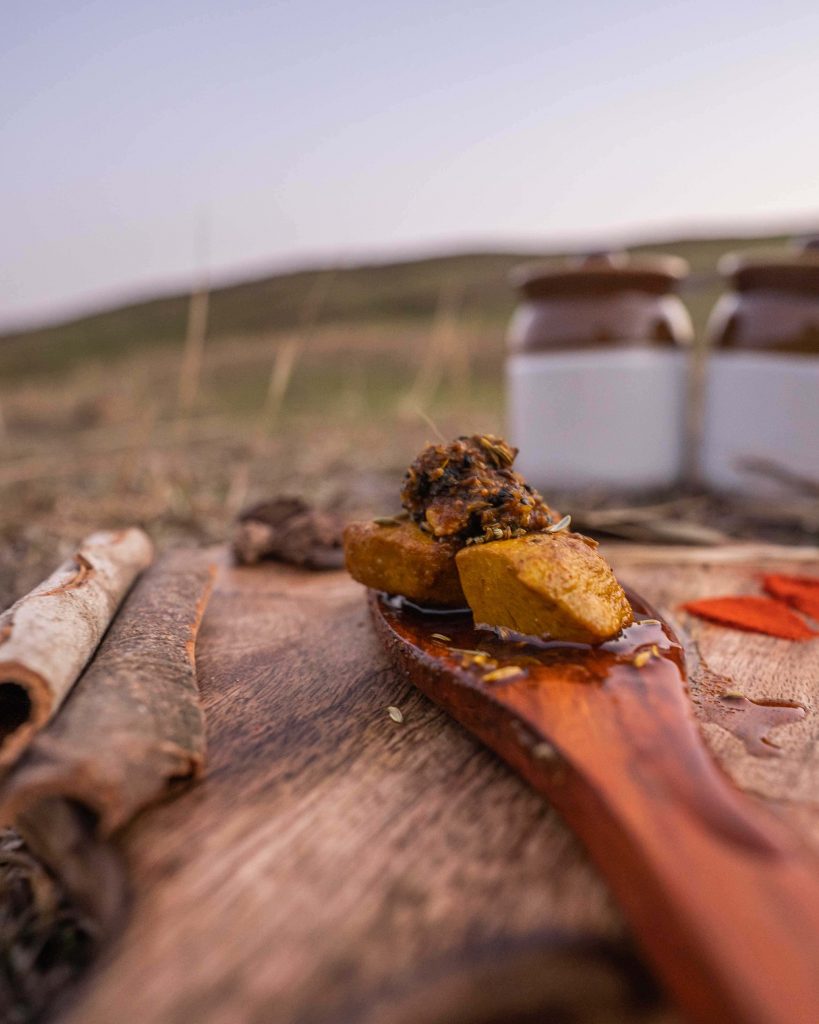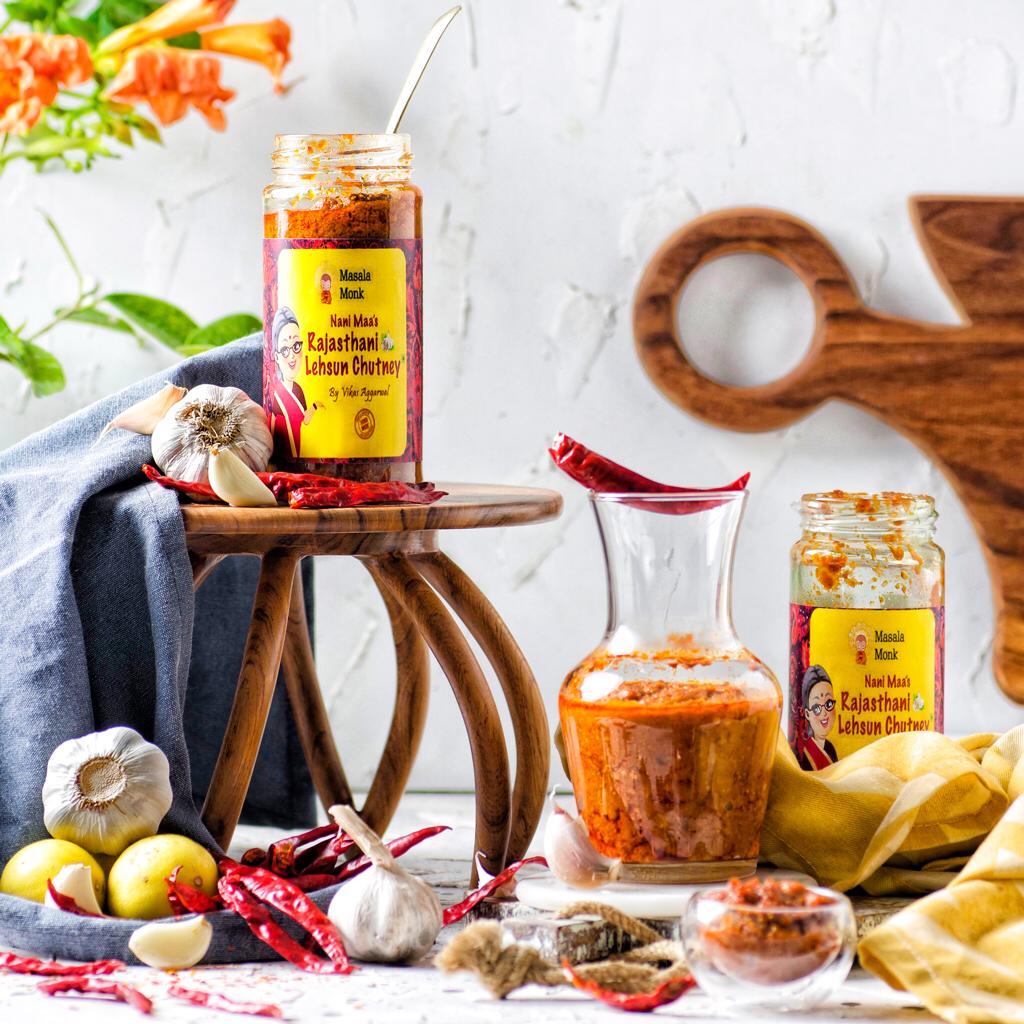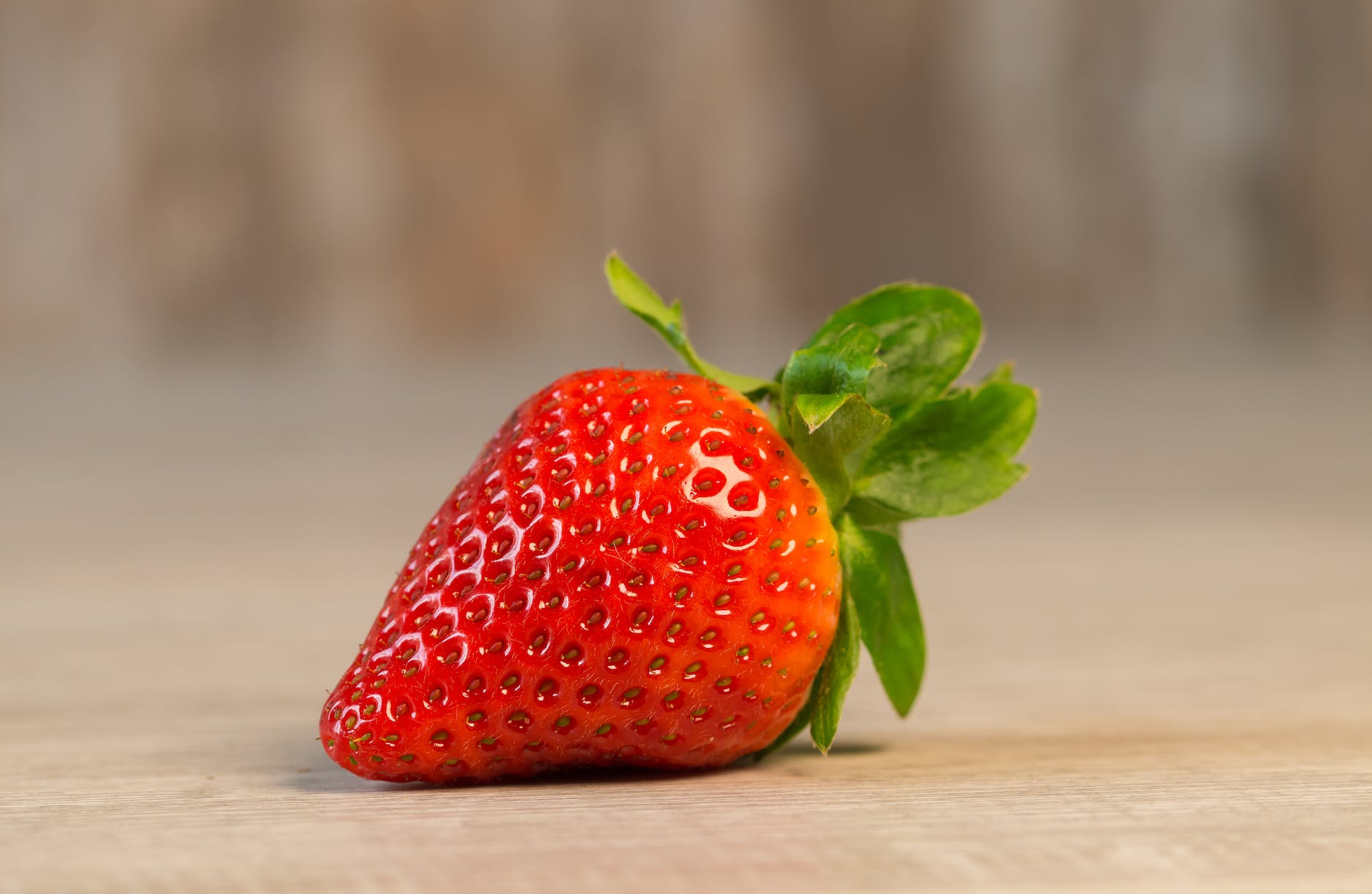
For those who lead busy lives, meal prepping has become a popular way to ensure healthy, nutritious meals are readily available throughout the week. Whether it’s for work, school, or simply avoiding the temptation of fast food, meal prepping can help people stay on track with their health and fitness goals. But what are some meal prep ideas that are not only healthy but also delicious? The answer is strawberries!
Strawberries are a nutrient-dense fruit that can be easily incorporated into meal prep recipes. They are low in calories, high in fiber, and a good source of vitamin C, which helps boost the immune system. Moreover, strawberries are rich in antioxidants, which help protect the body against oxidative stress and inflammation. All of these factors make strawberries an excellent addition to any meal prep plan.
In addition, strawberries are available in various states in the US, making them accessible to people across the country. For example, California produces the majority of strawberries in the US, with the peak season being from April to June. Florida is also a significant producer of strawberries, with the season running from November to April. Other states, such as Oregon, Washington, and New York, also produce strawberries, making them a year-round fruit option for meal prep.
The role of strawberries in different states can also influence the type of recipes that are created. For example, in California, strawberries can be used in a variety of recipes, such as salads, smoothies, and desserts. Hood strawberries, which are grown in Oregon, are known for their intense sweetness and are great for making jams and preserves. In New York, the strawberry season runs from June to July, making them perfect for summer recipes like fruit salads and popsicles.
10 Vegan Meal Prep ideas using Strawberries
When it comes to meal prepping, strawberries can be used in a variety of ways. They can be added to breakfasts like oatmeal, yogurt, and smoothie bowls. For lunch, they can be used in salads, wraps, and sandwiches. For dinner, strawberries can be added to grain bowls, stir-fries, and roasted vegetables. They can also be used in desserts like cakes, muffins, and ice cream.
- Florida strawberries in a tropical smoothie bowl: Blend frozen Florida strawberries with pineapple, mango, banana, and coconut milk, then top with fresh Florida strawberries, shredded coconut, and sliced banana for a refreshing breakfast or snack.
- Hood strawberries in a spinach and walnut salad: Combine baby spinach with sliced Hood strawberries, toasted walnuts, red onion, and a balsamic vinaigrette for a sweet and savory lunch option.
- Mara des Bois strawberries in a vegan strawberry shortcake: Use mashed Mara des Bois strawberries to make a fluffy sponge cake, then top with whipped coconut cream and sliced Mara des Bois strawberries for a decadent dessert.
- Sequoia strawberries in a quinoa and kale bowl: Cook quinoa and sauté kale, then top with sliced Sequoia strawberries, pumpkin seeds, and a lemon-tahini dressing for a nutrient-dense lunch or dinner.
- Chandler strawberries in a breakfast parfait: Layer vegan yogurt, Chandler strawberries, granola, and a drizzle of honey or agave in a jar for a simple and satisfying breakfast.
- Sweet Charlie strawberries in a strawberry chia jam: Mash Sweet Charlie strawberries and mix with chia seeds, lemon juice, and maple syrup, then let it thicken in the fridge overnight for a versatile topping for toast, oatmeal, or yogurt.
- Camarosa strawberries in a vegan strawberry ice cream: Blend frozen Camarosa strawberries with coconut milk, vanilla extract, and agave or honey, then freeze for a creamy and refreshing dessert.
- Albion strawberries in a summer salad: Combine mixed greens with sliced Albion strawberries, grilled peaches, and a champagne vinaigrette for a light and colorful salad.
- Seascape strawberries in a berry smoothie: Blend frozen Seascape strawberries with blueberries, raspberries, and almond milk, then enjoy as a post-workout snack or quick breakfast on the go.
- Jewel strawberries in a strawberry and avocado salsa: Combine chopped Jewel strawberries with diced avocado, jalapeño, red onion, and lime juice, then serve with tortilla chips or as a topping for grilled tofu or tempeh for a tangy and sweet dish.
Meal prepping with strawberries is an excellent way to ensure that meals are healthy, delicious, and accessible throughout the week. With their numerous health benefits and availability in various states, strawberries are a versatile fruit that can be used in a variety of meal prep recipes. By incorporating strawberries into meal prep plans, individuals can enjoy the convenience of healthy meals while also satisfying their sweet tooth.

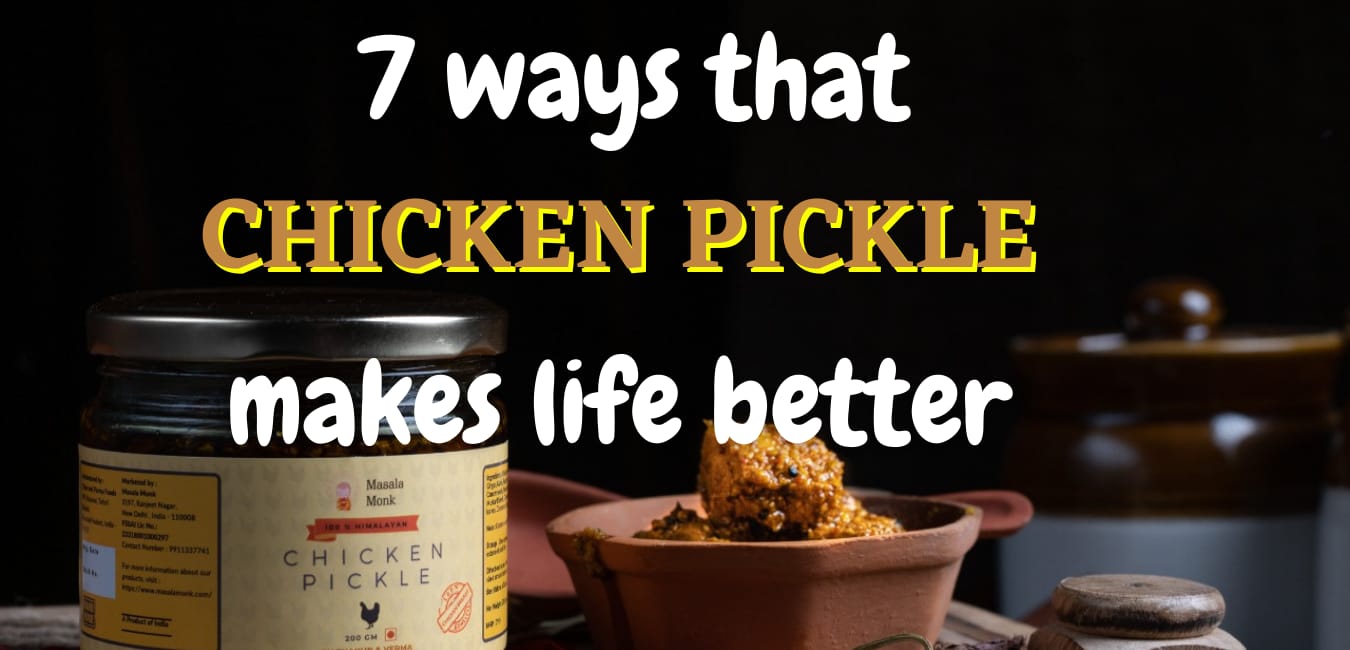

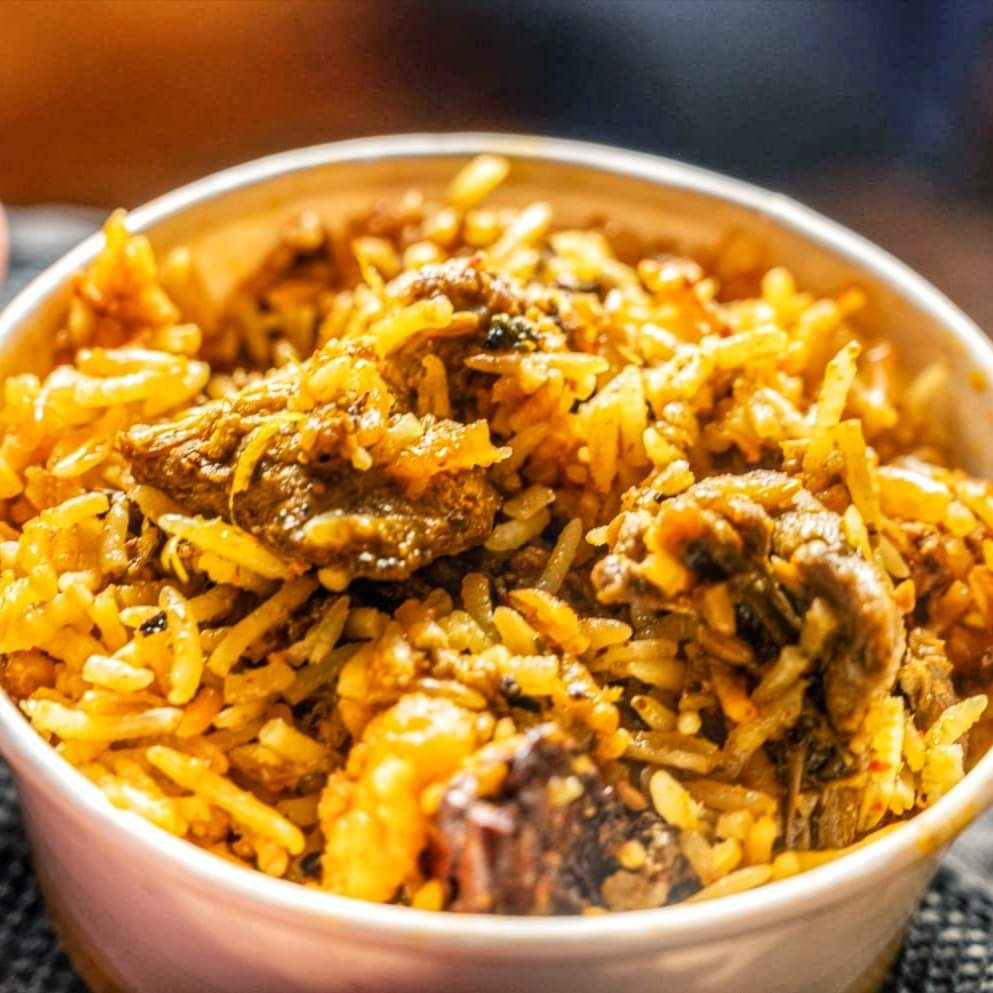

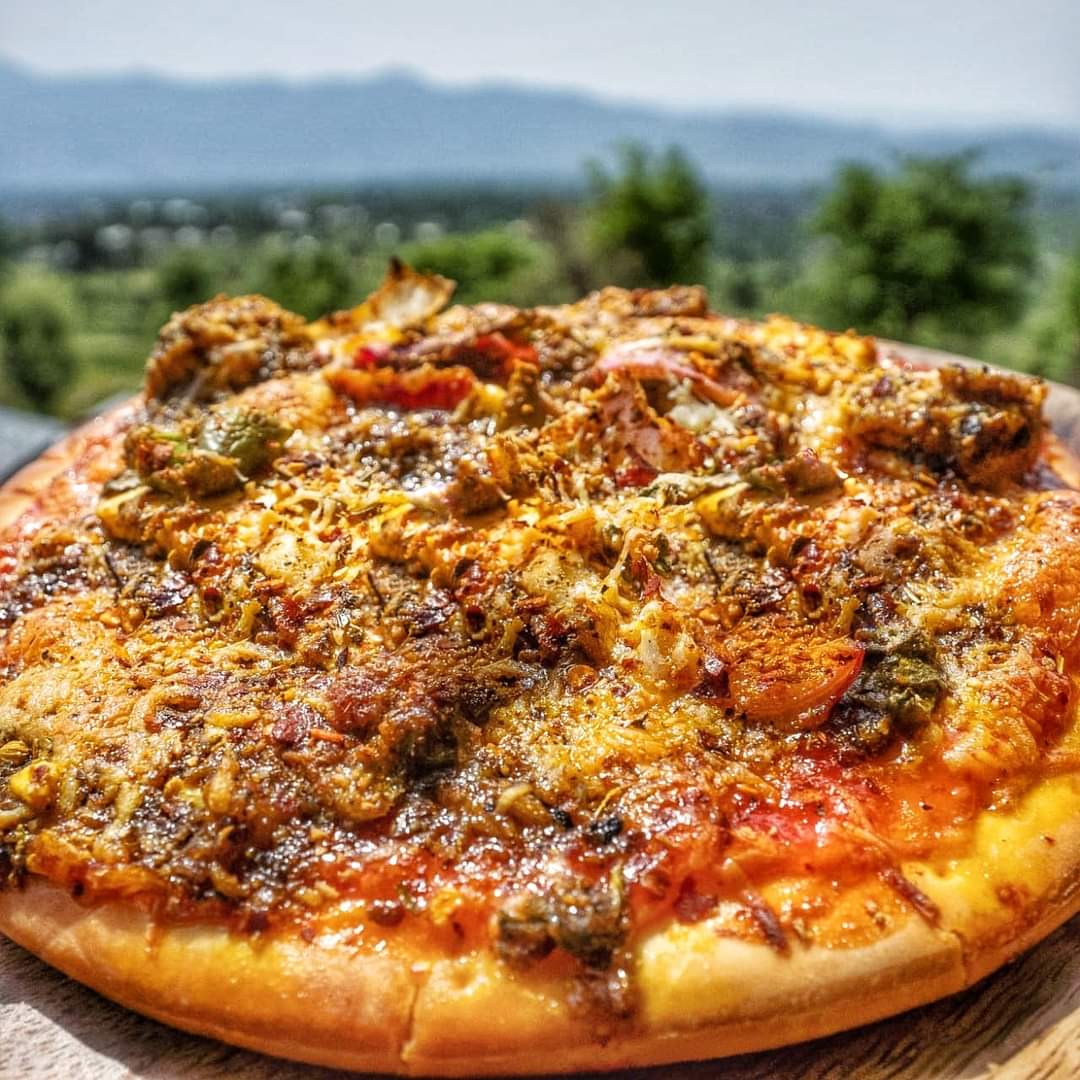
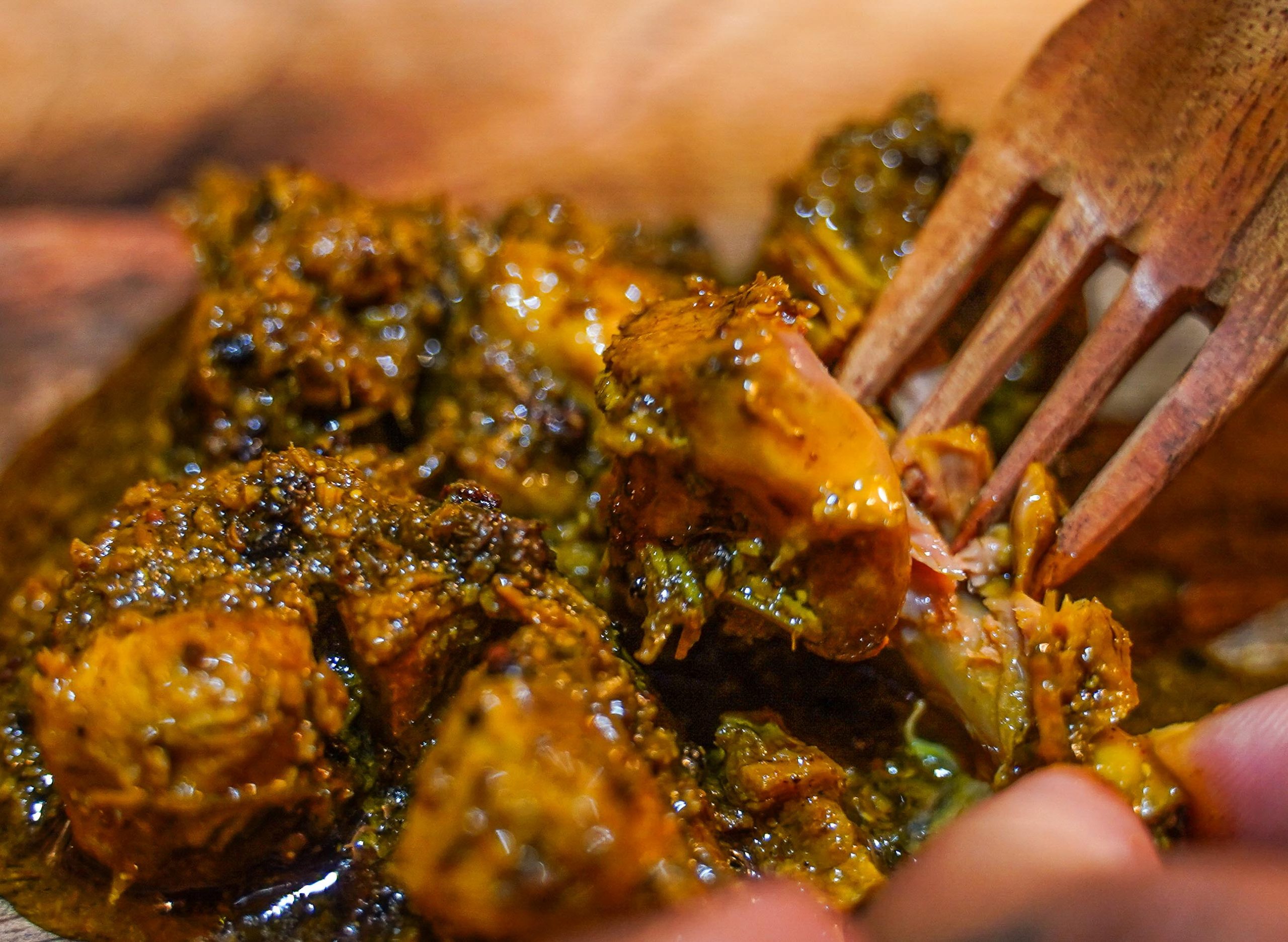

 Thakur and Verma at Work!
Thakur and Verma at Work!